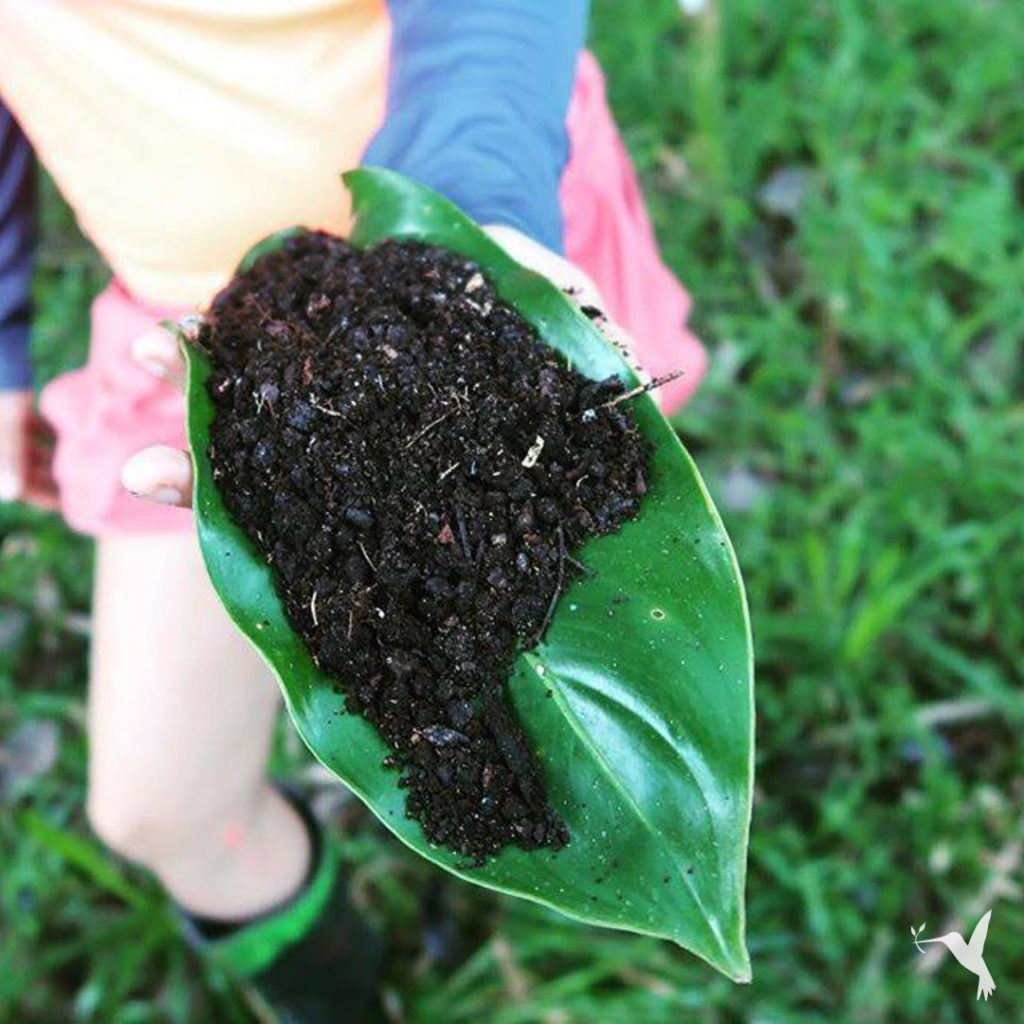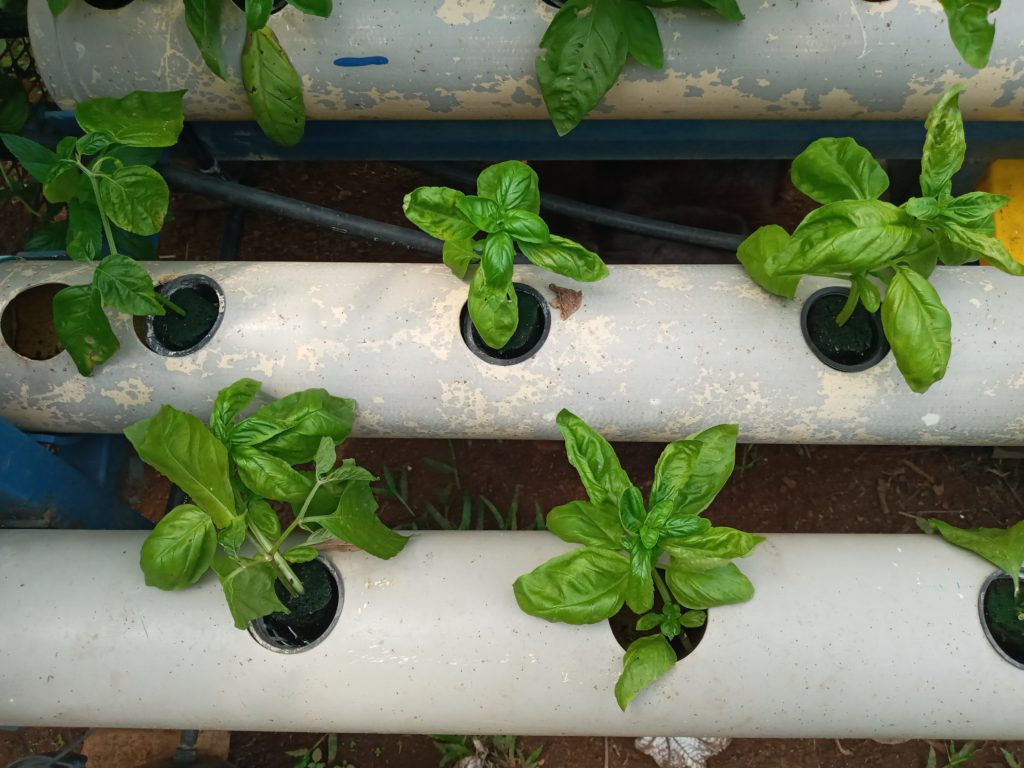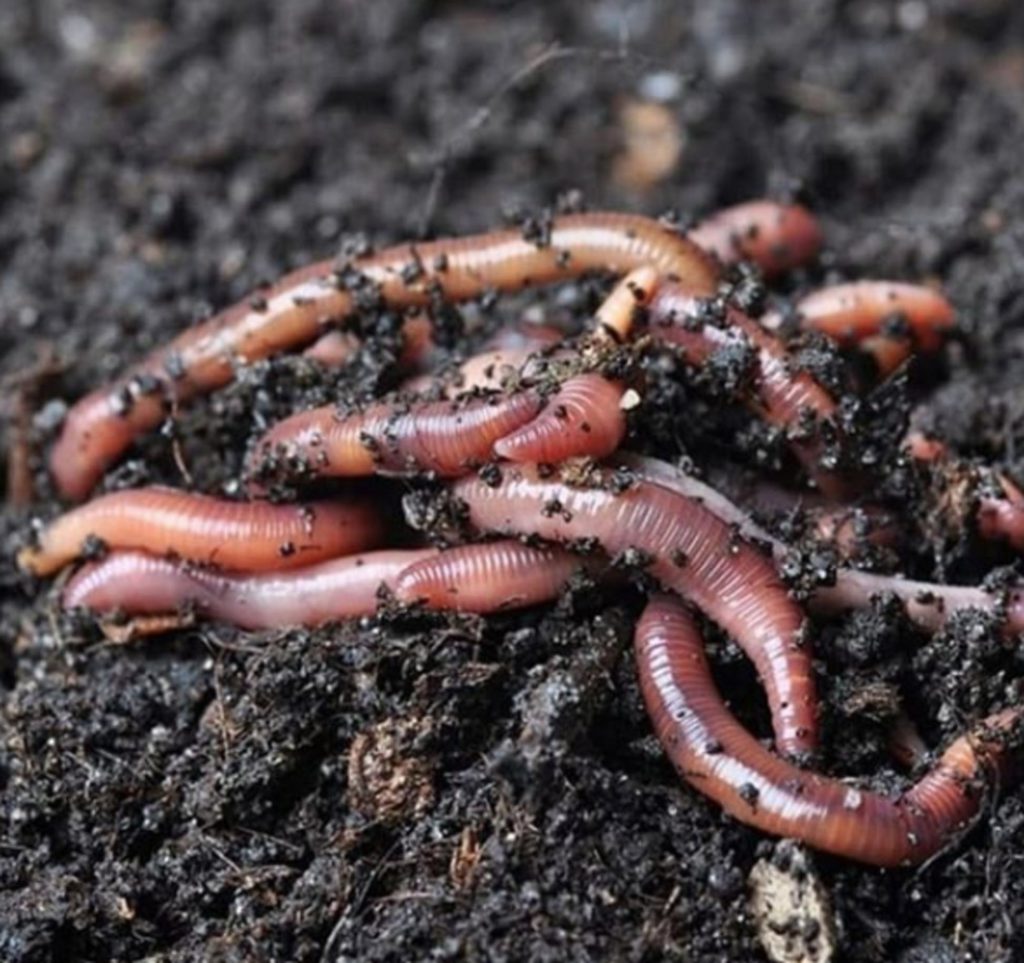Sustainable Farming Techniques for Everyone
Use These Sustainable Farming Practices At Home or Find Farms That Use Them

Current global demands on our planet are high. Agriculture must supply increasing amounts of food to growing populations—and all at low prices. If we continue doing this in highly industrial and damaging ways, soil degradation and environmental pollution will impair the health of our people and our planet.
So how do we do both—provide enough food at low enough cost, and take care of our planet?
Since not everyone can be a subsistence farmer, it can seem like a real enigma.
The goal of sustainable farming is to farm in ways that meet our current needs of without compromising the needs of future generations. It is about using the resources we have in a way that will enable future generations to flourish.
Maybe not every farm or farmer can go completely organic or use all the following methods. However, most can incorporate certain practices into existing farms. Every less intensive step is a step in the sustainable direction.
Here are six tried and true sustainable practices.
Permaculture
Permaculture is a system of design that applies principles from nature to create harmony between humans and the earth. The foundational principles are to reduce waste, make efficient systems, and work smarter not harder.
Entire farms can be permaculture systems. Or any farm can incorporate permaculture aspects like herb spirals or mandala gardens.
Biodynamic Farming
This type of farming is all about maintaining high biodiversity of plants, animals, and beneficial insects. This includes raising animals on a farm in a way that promotes healthier outcomes like soil fertility and plant growth. Biodynamic farming views the farm as a living organism. The practices are ecological and holistic. The goal is to create a resilient ecosystem that benefits all life.
Hydroponics & Aquaponics
These farming techniques are innovative and scalable for both small home garden farms and large commercial farms. In hydroponic systems, crops grow with the roots directly in a mineral solution or in an inert medium like gravel.

Aquaponics combines the raising of aquatic animals, such as fish, with the growing of hydroponic crops. In aquaponic systems, the water containing the fish waste nourishes the hydroponic plants. After the plants use the water, it recirculates back into the system, and right back to the fish.
Urban Agriculture
Many sustainable farming techniques are already being used in cities. Urban farms can be in the backyard or on the rooftop. They also include community gardens, urban greenhouses, and indoor hydroponic farms. Urban farming addresses the need for more food grown closer to densely populated areas. It also brings more plant life and diversity to cities.
Agroforestry
Agroforestry systems can combine agriculture and forestry practices for long-lasting and productive land use. This model involves growing trees and shrubs on the same land used for crops or grazing.
It may come as no surprise that trees play important roles in agroforestry. Did you know that trees actually create microclimates? Naturally, these microclimates create favorable conditions for plants and animals. They stabilize soil, minimize nutrient runoff, and improve soil structure. In addition to the microclimates, they also protect crops from wind and heavy rain.
Many trees in this farming system can provide fruit or wood. Farmers can even go as far as growing a whole edible forest.
Polycultures & Crop Rotation
Polyculture is a response to the dangers of monocropping. Multiple crop species grow in one area to increase biodiversity. Together, plants are all more resistant and healthy.
Crop rotation is based on growing a series of different types of crops in the same area in sequential seasons.
These two practices mimic natural processes and promote healthier soil. They also reduce opportunity for disease and pests to take hold.

These are some of our favorite sustainable farming methods. And there are more! Growing heirloom varieties, natural pest management, and using ground cover are additional practices. The good news is that most sustainable farming techniques tend to work together. They build upon each other.
Whether you are planning a garden for your backyard or community, or searching for producers and farmers to support, keep some of these sustainability methods in mind.
Check out our producer profiles and see if you can pick out these techniques among some of our favorite growers!


